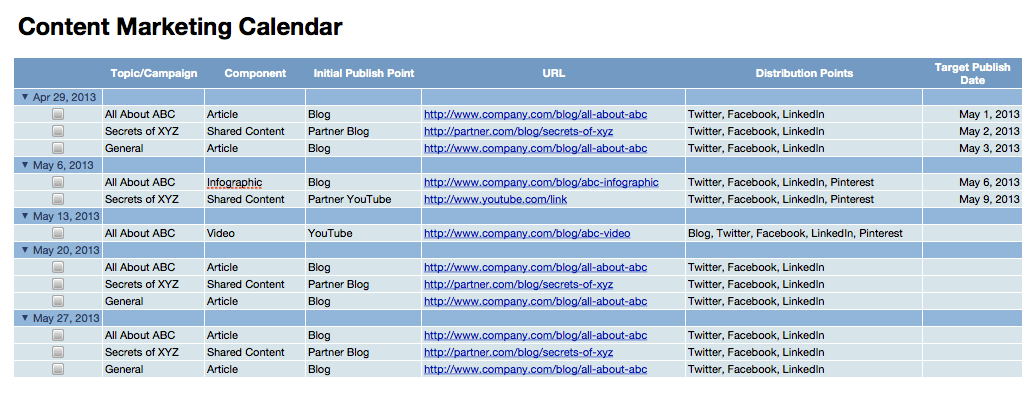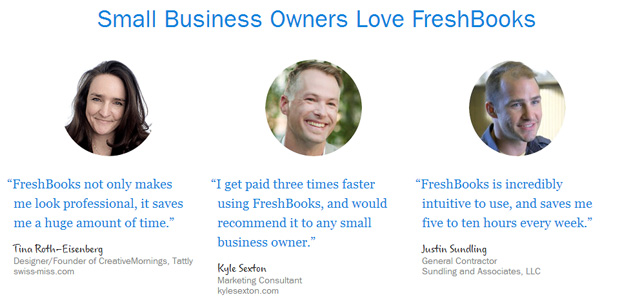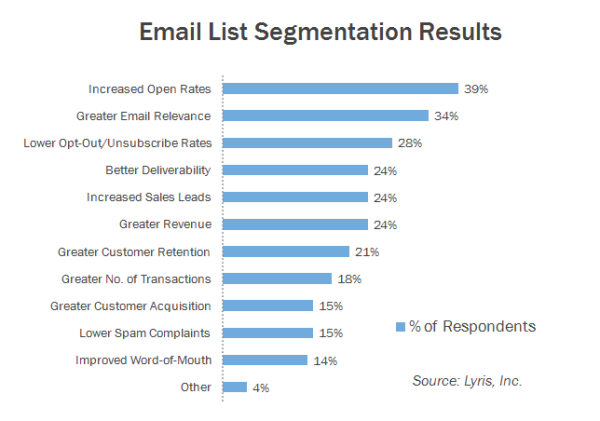The Lazy Man’s Guide to Autoresponders
Businesses send emails to their users on a daily basis. It’s simply the way of life in the digital age. But most email marketers aren’t taking full advantage when it comes to using emails to generate leads.
Marketing expert Chris Hexton of Vero says, “About 75% of businesses are missing out on the email marketing sweet spot.” He notes that while newsletters have an open rate around 20%, transactional emails – or trigger-based welcome emails – have an open rate of around 50% and are over 100% more effective when it comes to open rates, click-through rates, and conversions.
So how do you take advantage of this sweet spot, exactly? You use autoresponders, of course.
What Are They and What Can They Do?
An autoresponder is a sequence of trigger-based emails sent to subscribers at different predetermined intervals. There are typically a few different creative ways to use an autoresponder to generate leads or promote your products or services. These can include (but are not limited to):
- Mini-Course or Welcome Course – This is a series of emails that teach your subscribers about a certain aspect of your industry or more about your specific product or service.
- Paid Course – Similar to the mini-course, this is a more in-depth series that informs subscribers about a technical aspect of your industry, product or service.
- Content Promotion – This is a series of emails that introduce subscribers to important content you’ve already produced or are currently producing on your blog or media channels.
- Affiliate Promotions – This is a way to promote affiliate products and promotions, and can be helpful for cross-promoting and upselling your own content, product, or services as well.
- Demos and Social Proof – This is a series of emails that help your current subscribers see the benefits of your product or service on an ongoing basis.
- Newsletters – This is another source of automated content that can inform or educate your subscribers in addition to a blog or mini-course.
What’s nice about autoresponders is that you can take your audience through a sequence of emails without doing any work, since you’ve already written the emails beforehand. As you can tell, there are plenty of creative uses for autoresponders, depending on your audience and needs.
But which type (or types) of autoresponders will work best for your business? Well, that will depend on the benefits you want to get out of them.
How to Choose the Right Autoresponder Type
The main goal of an autoresponder is to move users deeper into your sales funnel. But before you create a single email, you have to understand your end goal.
If you simply want to sell products or services, you’ll probably have a different approach to autoresponders than someone who wants to create brand loyalty or be seen as experts.
Do you want to sell a product or a service? A welcome course, an affiliate course, or a series of demos and social proof may be your best option to help newcomers understand the benefits of using your business.
Do you want to establish a long-term relationship? Consider creating a content series for blog posts or establishing a great mini-course that helps subscribers stay connected to your business.
Do you want to be seen as an industry authority? Consider doing a paid course including valuable industry information to show off your expert status.
If you want to do all three, you certainly can. There’s really no limit to the ways you can use autoresponders. The only thing stopping you is, you know, actually creating them.
So how do you quickly and easily create your autoresponder series without spending too much time and energy? Well, here’s what you need to know.
Quickly Create Effective Autoresponders
There are plenty of email marketing companies out there that will more than happily help you create your autoresponders, such as MailChimp, AWeber, Active Campaign, and more. But even if you have a marketing company doing the actual sending, you’ll still need to actually create the autoresponder content and design.
Here are a few tips and tricks to creating effective autoresponders in no time.
Start With a Strong Editorial Calendar
Having an outline of your course and/or a well thought-out editorial calendar is the key to success. Start by planning how many autoresponder emails you want in your series (three to six emails is a good guideline) and then create an outline of each email including subject lines and descriptions.

AWeber provides several editorial calendar templates and outlines you can use to help you through the process.
Set a Balanced Schedule
You’ll want to set a schedule for your autoresponders that is both effective (as in, there’s enough emails being sent to actually get a high click-through rate) without being overwhelming for your subscribers.
Mini-courses and welcome courses are often sent on consecutive days over the course of a week, or sometimes once a week for a certain period of time (usually no more than six weeks).
Other types of autoresponders can be tailored to the needs of your audience, but generally speaking, once or twice per week or once per month is probably enough for most people. Just be sure to track your open rates and unsubscribe numbers to ensure that your audience isn’t overloaded.
Choose the Right Subject Lines
The subject lines of your emails are extremely important when it comes to open rates, so you’ll want to start by coming up with some good ones. The folks over at Creative Live have some tips, including:
- Make a Promise: “You’ll Double Your Blog Readership with These 10 Tips.”
- Highlight a Benefit: “Learn to Write a Headline Your Twitter Followers Actually Click.”
- Appeal to Your Reader’s Emotions: “Why I Gave Up Thousands of Blog Readers and Started Over.”
- Appeal to Your Reader’s Curiosity: “The Reason No One Comments on Your Blog Posts.”
Develop Great Content
If you already have blog content, half of your work is done for you. But if you’re starting from scratch – and you’re not a writer (or nobody in your business is a writer) – consider hiring a professional copywriter to produce materials for you. Nothing says, “We don’t know what we’re doing” like poorly written copy, so make sure the words you put out there reflect the high standards of your business.
Include Social Proof and Credibility
Your audience wants to know that the information they receive from you is coming from experts and not amateurs. The key to an effective autoresponder is to include some type of social proof, like a testimony or personal story in every email to keep your audience connected to your business on a personal level.

Optinmonster has some suggestions for choosing the most effective social proof.
Make Your Designs “Pop”
While your content is the star of the show, you don’t want to have people ignore your fabulous content because the email itself is ugly and hard to read. Email on Acid has some suggestions for developing beautifully designed HTML emails, including how to deal with certain types of images, text, and calls to action. Mailtrap also has some great tips, including utilizing a mobile-friendly layout and more.
Segment Your Email Lists
Finally, you’ll want to make sure you’re not sending your autoresponders to everyone on your subscribers list. Your goal should be to break up your email lists to target audiences that would most benefit from your content. Why? Well, according to Lyris Annual Email Optimizer Report, 39% of marketers who segmented their email lists experienced higher open rates, 28% experienced lower unsubscribe rates, and 24% experienced better deliverability and greater revenue. 
Having segmented email lists also means you can send out as many types of autoresponders as you want, essentially ensuring that your whole audience is moving down your sales funnel with minimal effort on your part. And if you’re looking to save as much time and energy as possible, minimal effort is a beautiful thing.